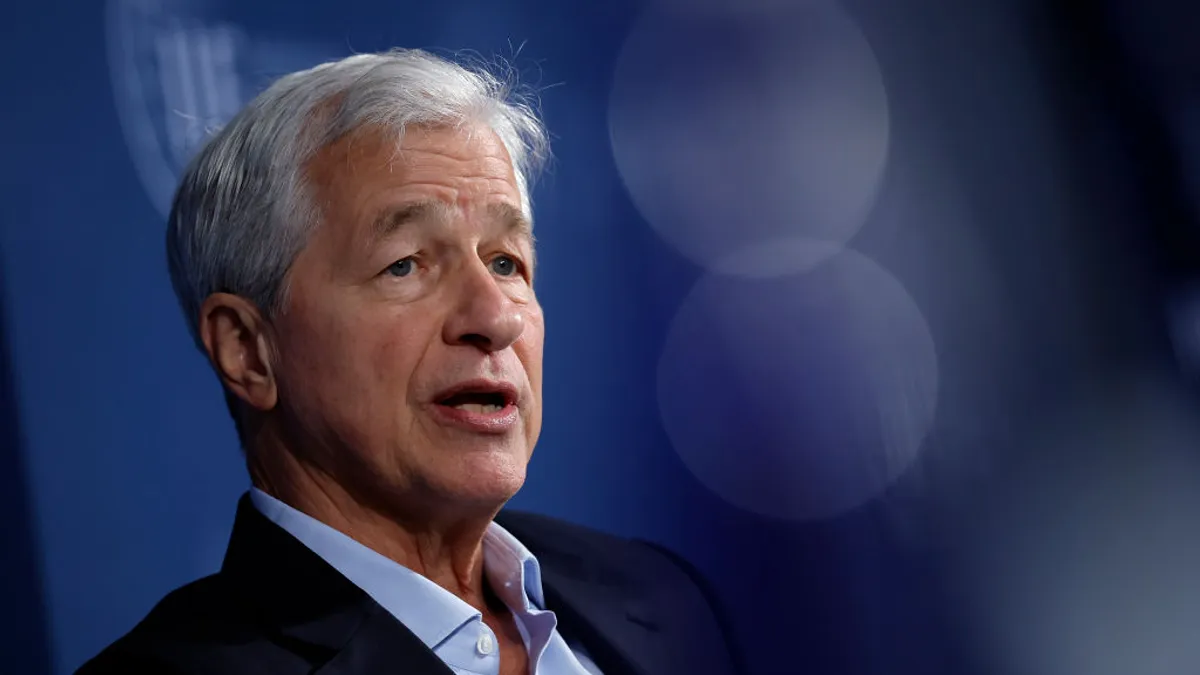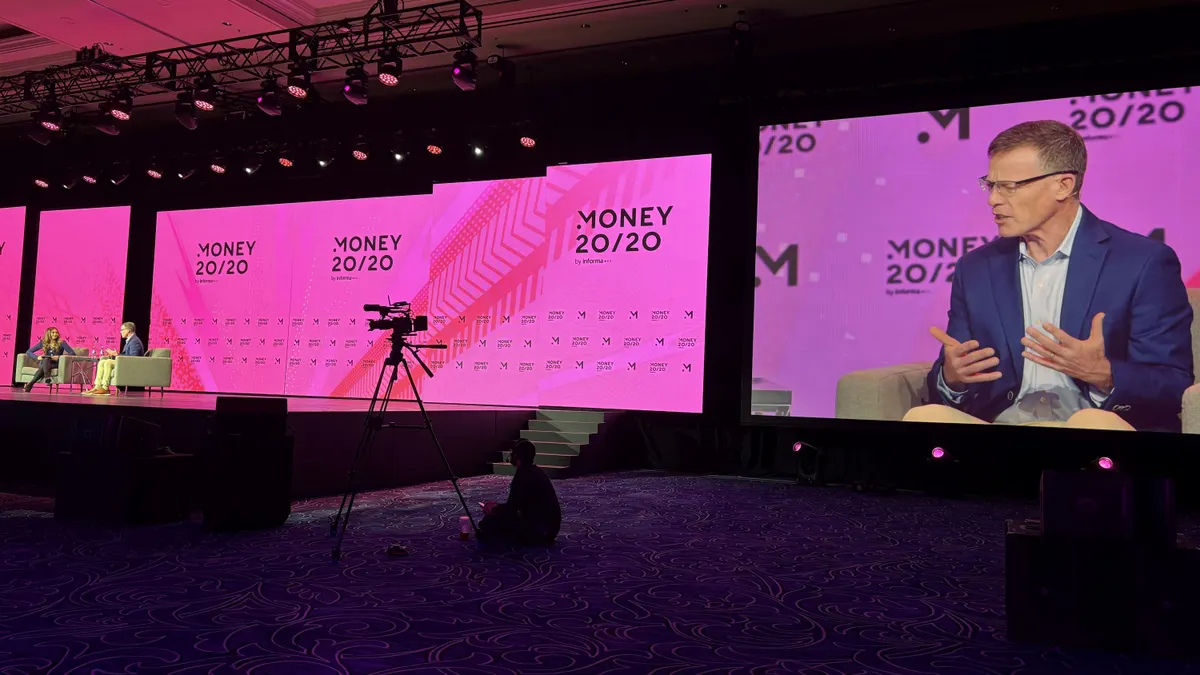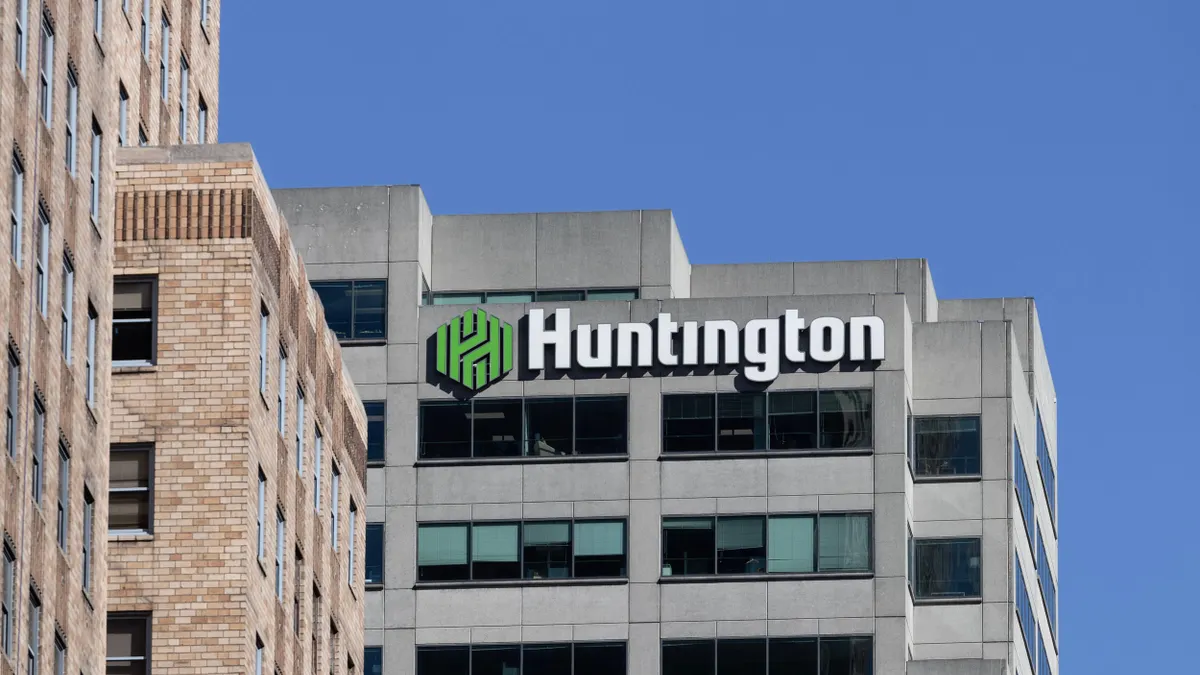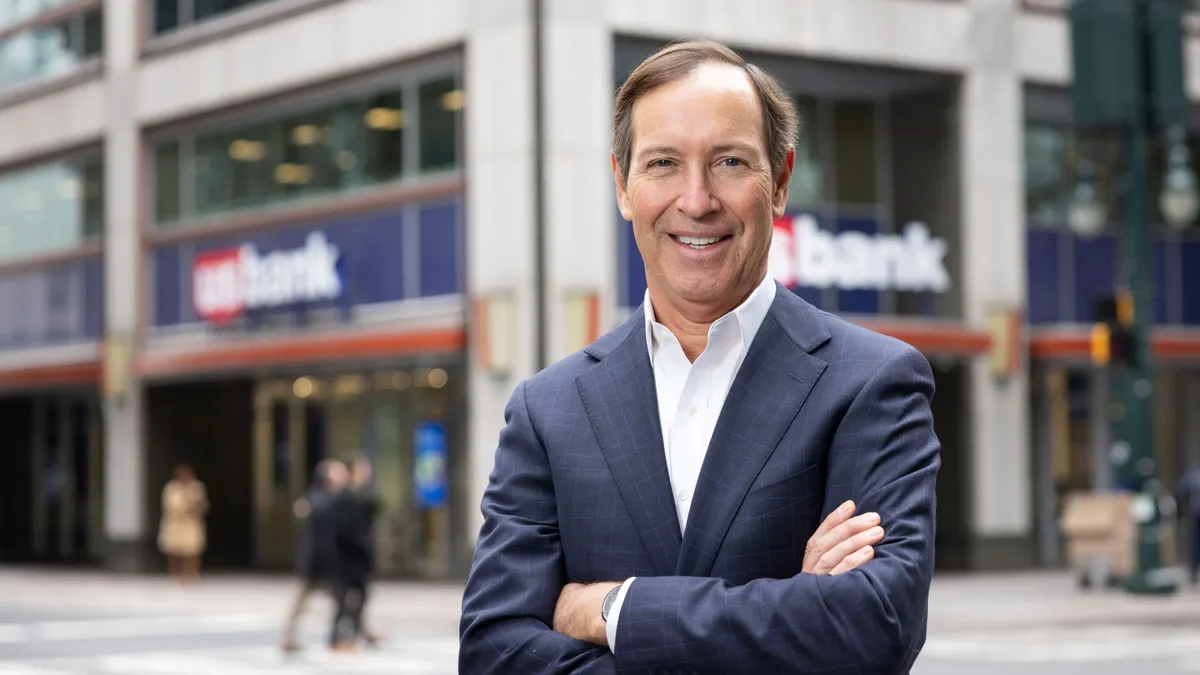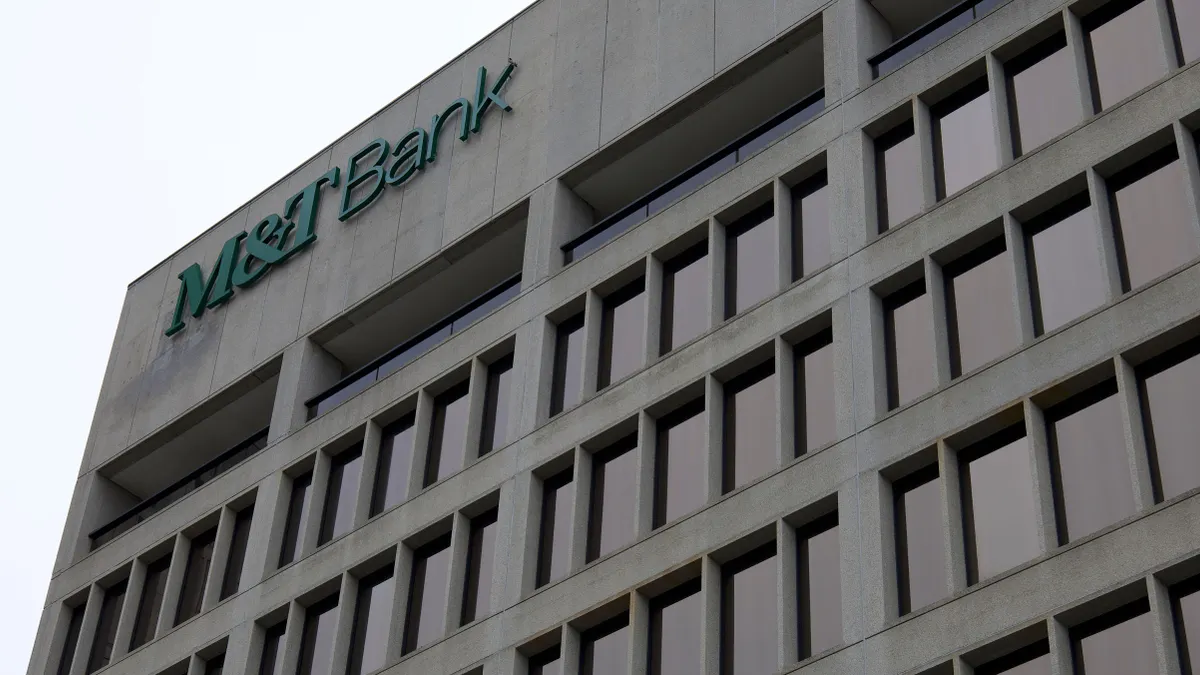JPMorgan Chase isn’t becoming complacent and still sees sizable opportunity, executives stressed to investors Monday, as they touted the lender’s market share and standing in the industry.
“You cannot outgrow us,” CFO Jeremy Barnum said flatly Monday during the bank’s investor day in New York City. The largest U.S. bank, which has close to $4 trillion in assets, serves about 84 million U.S. customers, and does business with 90% of Fortune 500 companies, has gained leading share in most of its businesses over the last decade, he said.
But as executives dig down, areas for improvement remain, including in some newer branch markets, Barnum said. “Our strength is not going to be a reason that we’re not pushing really hard,” he said.
“We have to stay humble here,” said CEO Jamie Dimon. He pointed to banks in the past that despite earning 17% return on tangible common equity, went bankrupt. “Almost every single major financial company in the world almost didn’t make it. It’s a rough world out there.”
Squaring off against a number of rivals, the bank needs to ensure it remains prepared to win. “I’m convinced we can do it, but we will not do it if we rest on our laurels,” Dimon emphasized.
Other executives, including Marianne Lake, the CEO of the lender’s consumer and business banking segment, and Doug Petno, co-CEO of the lender’s commercial and investment bank, echoed those sentiments, noting intense competition across the bank’s segments keeps it from standing still.
In Lake’s unit, JPMorgan is making progress towards its long-term goals of 15% retail deposit share and 20% credit card outstandings share (currently at 11.3% and 17.3%, respectively). But, she stressed, “don’t let the rankings on the page fool you. We are not getting complacent.” In particular, she highlighted the bank’s push to grow wealth management from about $1.1 trillion to $2 trillion.
Bank executives remain focused on innovation to continue driving client acquisition and deepening relationships with customers, look to global expansion to broaden horizons, and have pumped money into technology investments and modernizing bank infrastructure.
The bank’s technology expense outlook for the year remains $18 billion, Barnum said, which would be about 6% increase over last year.
“It’s table stakes,” Dimon said of tech investments. “It will be for the rest of eternity.”
The bank has significantly expanded its use of artificial intelligence, including in its consumer and community banking call centers to help employees serve customers faster, and some employees are gaining several hours per week through AI-related efficiency, Barnum said. About 65% of the bank’s applications run their processing largely in the cloud, compared to 50% last year, and about 80% of applications’ processing is run largely on modern infrastructure, compared to 75% last year.
“We are now probably past the point of peak modernization spend, resulting in a tailwind this year that is funding some of our ongoing investments in products, platforms and features,” he said. “And we do continue to see volume growth across the company derived from the increased hardware and infrastructure expense. This, in turn, is partially offset by efficiency.”
While the bank’s overall expenses have increased by $26 billion over the last five years, JPMorgan has also grown revenue by $54 billion during that time, Barnum noted. The lender expects to spend about $95 billion in 2025.
Still, executives want to make sure the company’s commitment to investing “is not misinterpreted by our own people,” Barnum said. “It is not carte blanche for solving every problem by adding resources.”
The bank now has 317,000 employees and although headcount increases over the last few years were necessary to support growth broadly, “we do suspect some inefficiency was introduced,” he said. “So at the margin, we’re asking people to resist headcount growth where possible and increase their focus on efficiency.”
However, the bank continues to hire and invest in “high-certainty areas where there is a link between adding employees and growing revenue,” and won’t compromise when it comes to safety and soundness, Barnum added.
Given the bank’s excess capital of $57 billion as of the first quarter, inorganic growth opportunities such as acquisitions “are always on the table,” and “it would be wrong” for the bank to foreclose on that option, Barnum said.
That being said, JPMorgan is mindful that acquisitions are difficult to digest and integrate, he added.
Asked once again about succession and how much longer he plans to remain CEO, the 69-year-old Dimon – who’s led the bank for almost two decades – didn’t specify but said “the intent is the same as we said last year.” Last year, he suggested he may retire within five years.


